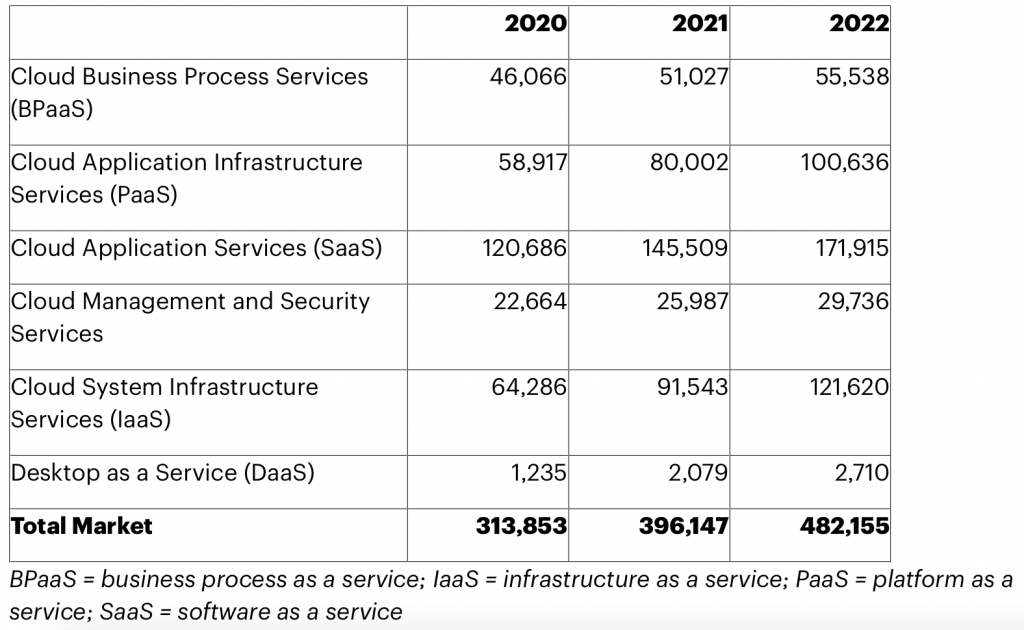Since Covid-19, a trend has arisen that encourages working from home. A big part of everyone’s daily routine has become spending time online on applications such as Microsoft Teams and Zoom and these apps have not disappeared from employees’ screens since the end of the pandemic in 2022. Employees have become so used to the ‘working remote lifestyle’ that a lot of them do not want to return to working in the office full-time. In fact, as many as 58% state they would leave their current employer if working remote were no longer allowed (Pelta, 2021). This shift in desire has also been acknowledged by big tech companies, such as Meta, that see opportunities in developing metaverses where working remote would be the standard. These Metaverses would give employees the chance to “meet, collaborate and learn” in an online world, including identical avatars of the users and virtual replicas of their office (Marx et al., 2025).
According to Darvish et al. (2024), creating visual, human-based 3D avatars would give “a sense of empathy among the participants during a virtual meeting”. This encourages communication and knowledge sharing and could lead to greater involvement and satisfaction for both employers and employees. Additionally, other arguments mentioned are cost reduction, for example due to a decrease in necessary international business travel and meetings.
However, not all employees are as content with working remotely which has contributed the rise of metaverses. Survey participants state that they feel that “intimacy is lacking”. In addition, from an HR perspectives not all feedback is positive, as evaluating (new) employees from a home office can be challenging. Lastly, companies declare difficulties in “developing an organizational culture” (Park, H. 2023).
I was a high school student during the COVID-19 pandemic, and I spent a lot of my teenage years at my bedroom desk. This gave me the conclusion that being social and connected with other people plays significant role in my day and overall wellbeing. Therefore, I cannot imagine spending (another big part of) my life in Microsoft Teams- or Zoom meetings. But can the metaverse-based work style change my perspective, especially since it promises to create more intimacy and interaction among employees and other stakeholders? Do the potential benefits of working in a metaverse outweigh the concerns about social distance and mental health? This is why I question myself and invite you to do the same “should companies invest in metaverse workspaces, or is it merely a trend society is chasing?”
References
Darvish, M., Bick, M., & Keresztyen, L. (2024). Exploring the Potential of Virtual Immersive Workspaces: Benefits, Limitations, and Implications. California Management Review, 66(4), 102–120. https://doi.org/10.1177/00081256241258494
Marx, J., Mirbabaie, M., & Rieskamp, J. (2025). Working from the Metaverse: A Distraction Management Perspective. Journal Of Management Information Systems, 42(1), 206–237. https://doi.org/10.1080/07421222.2025.2452018
Park, H., Ahn, D., & Lee, J. (2023, april). Towards a Metaverse Workspace: Opportunities, Challenges, and Design Implications. In Proceedings of the 2023 CHI Conference on Human Factors in Computing Systems (CHI ’23), Hamburg, Germany (pp. 503:1-503:20). Association for Computing Machinery. https://doi.org/10.1145/3544548.3581306snu.elsevierpure.com+1
Pelta, R. (2021, mei). FlexJobs survey finds employees want remote work post-pandemic. FlexJobs. https://www.flexjobs.com/blog/post/flexjobs-survey-finds-employees-want-remote-work-post-pandemic






